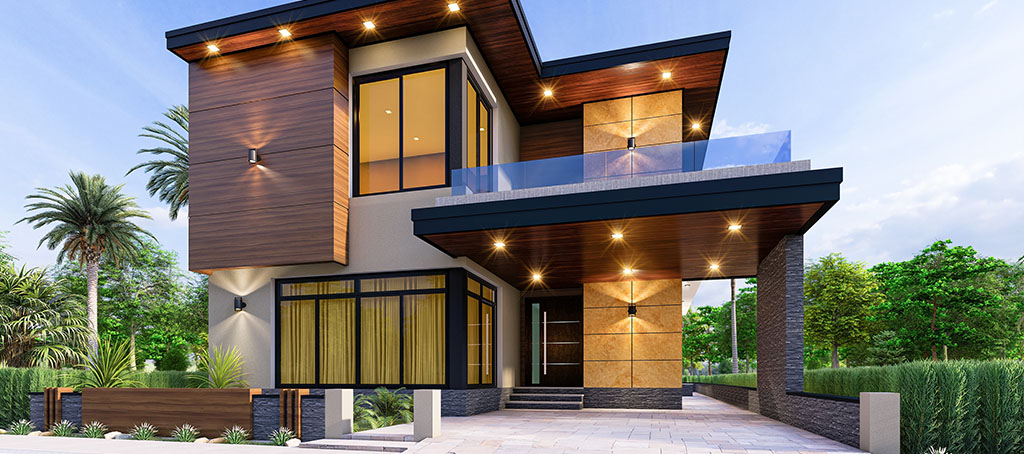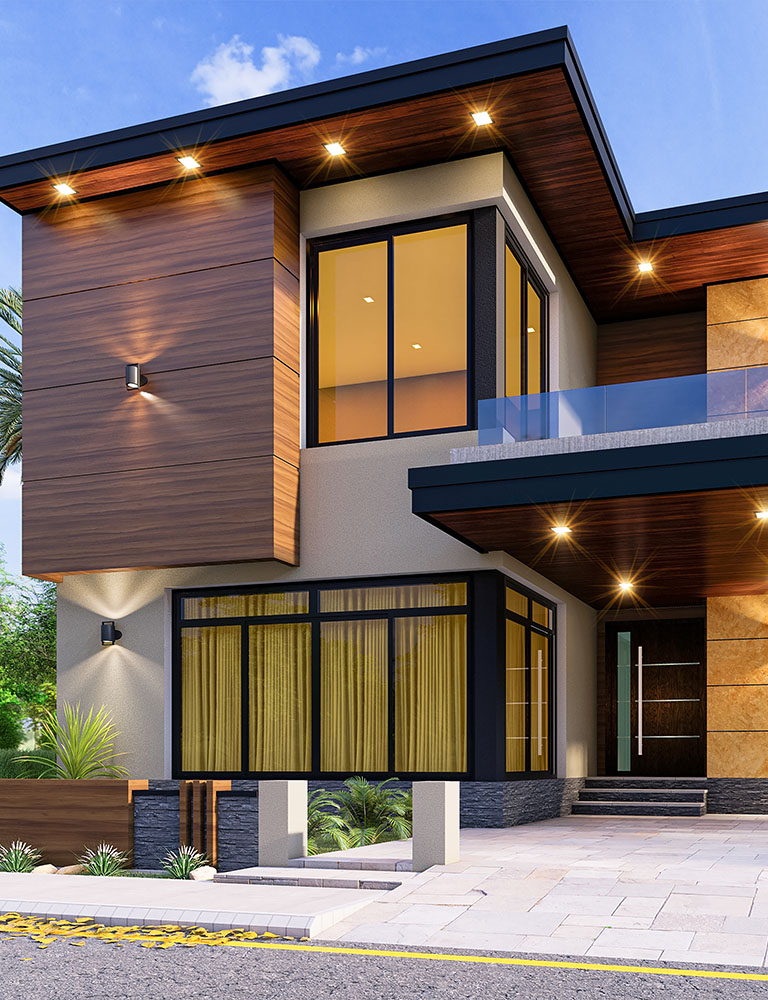Introduction
Virtual reality (VR) and architectural rendering are two emerging technologies that have the potential to revolutionize the way we design and visualize buildings. VR allows users to experience a virtual environment that feels like the real world. Architectural rendering creates highly realistic images and videos of a building before it is even constructed. When these two technologies are combined, the result is a powerful tool for architects, designers, and builders. In this article, we will explore the future of design with virtual reality and architectural rendering and how it can benefit businesses in Malawi.
Virtual Reality and Architectural Rendering: A Powerful Combination
Architectural rendering is the process of creating a highly detailed, realistic image or video of a building before it is constructed. Specialized software is used to create 3D models of the building. The result is a highly accurate representation of the building that can be used for marketing, design, and planning purposes. Virtual reality, on the other hand, is a computer-generated simulation of a three-dimensional environment. When combined with architectural rendering, it creates an immersive experience for the user. Thus allowing them to walk through and experience the building as if it were already built.
The use of VR and architectural rendering has become increasingly popular in the architecture and design industry. Architects and designers can use these tools to test and refine their designs, catch errors early in the design process, and create realistic visualizations of the final product. This technology is especially useful in the real estate industry where developers can create virtual tours of properties that are still under construction.
The use of virtual reality and architectural rendering has many benefits. These include enhanced design capabilities, improved collaboration, cost and time savings, and better marketing.

The Benefits of Virtual Reality and Architectural Rendering
There are many benefits to using virtual reality and architectural rendering in the design and construction of buildings. Here are some of the most important ones:
- Enhanced Design Capabilities: With VR and architectural rendering, architects and designers can create highly detailed, realistic 3D models of their designs. This allows them to experiment with different design options and see how they will look in the final product. They can also use these tools to identify and correct design flaws before construction begins.
- Improved Collaboration: Virtual reality and architectural rendering make it easier for architects, designers, and builders to collaborate. They can share their designs and ideas in a virtual environment, which allows for better communication and a more efficient design process.
- Cost and Time Savings: Using virtual reality and architectural rendering can save businesses in Malawi time and money. By catching errors early in the design process, construction delays can be minimized, and costly mistakes can be avoided.
- Better Marketing: Virtual reality and architectural rendering can be used to create highly realistic marketing materials for properties that are still under construction. This can help businesses in Malawi attract potential buyers or renters before the building is even completed.
The Future of Design with Virtual Reality and Architectural Rendering
As technology continues to advance, the possibilities for virtual reality and architectural rendering will only continue to grow. For example, virtual reality headsets are becoming more affordable and widely available, which means that more people will have access to this technology. Additionally, new software programs are being developed that allow architects and designers to create even more realistic renderings of buildings.
In the future, we may even see virtual reality used to simulate entire neighborhoods or cities. This could be especially useful for urban planners and developers. This is beacause they need to make decisions about the placement of buildings and infrastructure.
Conclusion
Virtual reality and architectural rendering are powerful tools that are changing the way we design and visualize buildings. By combining these two technologies, architects, designers, and builders can create highly accurate, realistic representations of their designs. The use of virtual reality and architectural rendering has many benefits. These include enhanced design capabilities, improved collaboration, cost and time savings, and better marketing. As technology continues to advance, we can expect to see even more exciting developments in this field.
At Brookside Media, we specialize in helping businesses in Malawi and beyond to create amazing virtual reality and architectural rendering. If you’re interested, get in touch with us today to learn more about our services.
